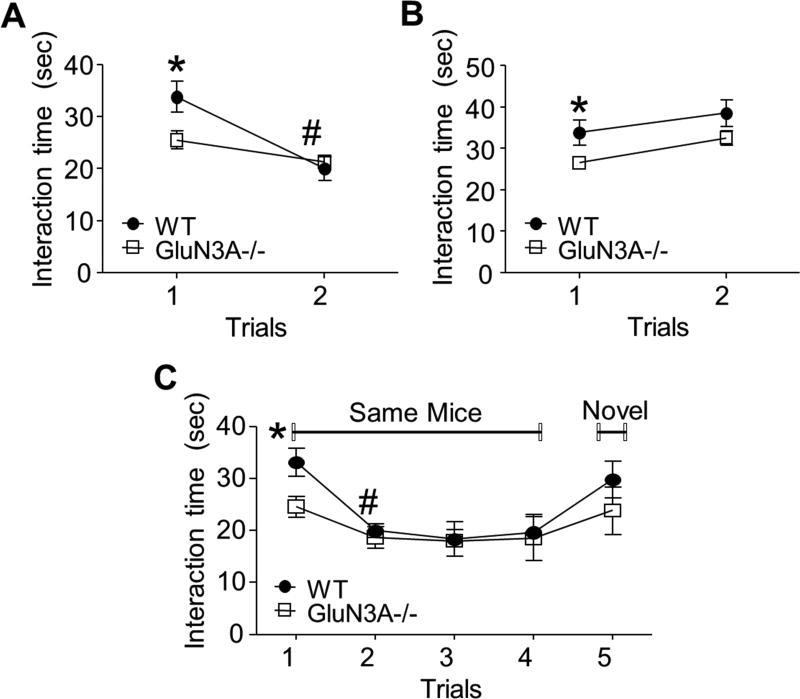Figure 3. GluN3A KO mice exhibited normal social memory function.
Direct interaction and five-trial social memory tests were performed to investigate the effect of GluN3A on social memory. A and B. Setup of the social direct interaction test using the same (A) or different (B) mice in the two trials. A. WT mice showed proper habituation behavior with a decreased interaction time in trial 2, which is suggestive of intact social memory. Although GluN3A KO mice displayed relatively decreased habituation across two trials compared to WT mice, as indicated by their decreased interaction time during the second exposure, but the inter-trial difference was not significant (P=0.1157). One-way ANOVA; F(1,10)=5.725, *P<0.05 vs. WT, #P<0.05 vs. same group trial 1; n=7 animals per group. B. When subject mice were exposed to a novel mouse, both groups explored new stimulus mice similarly. One-way ANOVA; F(1.10)=0.06590, *P<0.05 vs. WT; n=7 per group. C. Five-trial social memory assay. Although GluN3A KO mice showed decreased interaction times, both WT and GluN3A KO mice habituated to the same mice during four trials and dishabituated to novel mice. Two-way ANOVA, F(4.40)=0.6176, *P<0.05 vs. WT, #P<0.05 vs. same group; n=7 per group. Student’s two-tailed t-test was applied.

